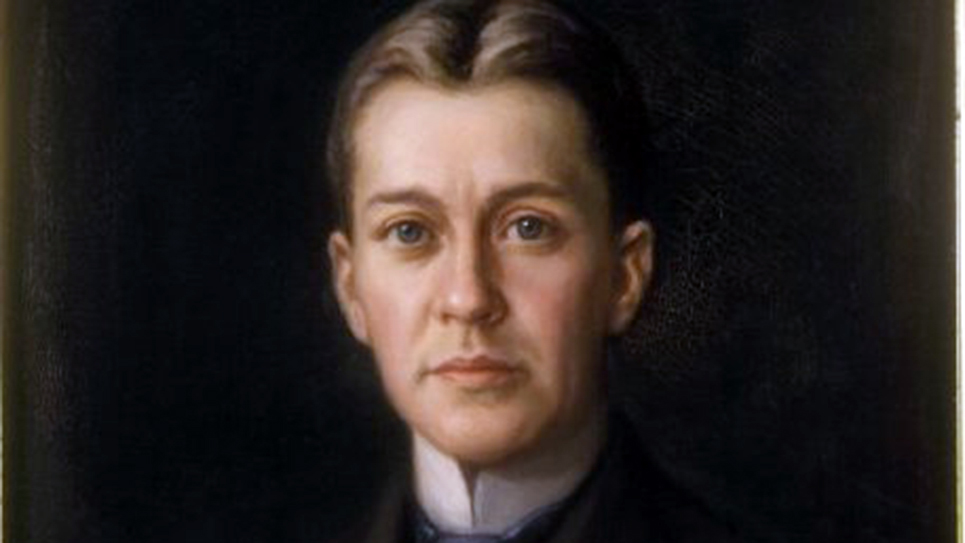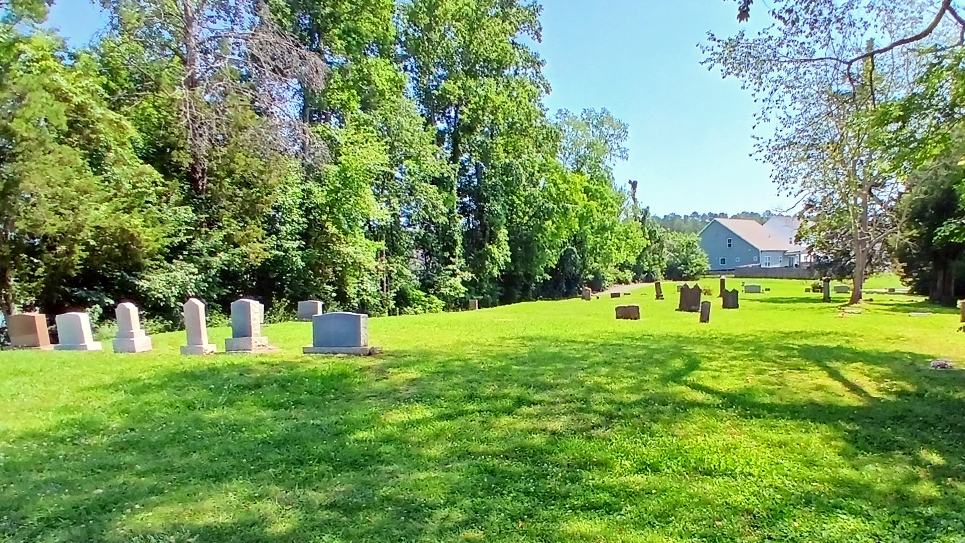By Sharon Frankenberg,
Attorney at Law
With the recent twentieth anniversary of the stabbing deaths of Nicole Brown Simpson and Ronald Goldman, the distinction between charges of murder and claims for wrongful death are again being discussed. In a televised trial in 1995, OJ Simpson stood charged with the murder of his ex-wife Nicole Brown Simpson and her friend, Ronald Goldman. Over 150 million people tuned in to watch the jury return a verdict that OJ Simpson was not guilty of murder.
Murder, of course, is a crime. The burden in a criminal case is on the state to prove that the accused defendant committed that crime and the state must prove this beyond a reasonable doubt. This is a very high standard and apparently the jury in the OJ Simpson case did not believe that the state had proven its case. The jury acquitted OJ Simpson and he remained a free man. Double jeopardy attached and that meant that he could not be criminally charged again in either death.
Meanwhile, the families of Nicole Brown Simpson and Ronald Goldman had the right to bring and did, in fact, bring a civil lawsuit against OJ Simpson for the wrongful deaths of their loved ones. If a person is killed by the wrongful act of another, his or her right to sue passes to the surviving spouse and, in case there is no surviving spouse, to the person’s children or next of kin. The personal representative of the deceased person’s estate may also bring a wrongful death action for the benefit of the surviving spouse or next of kin. If the deceased is a child, the child’s natural parents or parent may file suit for the wrongful death of that child. In the case of an adopted child, the legally adoptive parents or parent may sue.
The burden in a wrongful death case is on the plaintiff family member or representative to prove the following: 1. That the defendant committed a wrongful act; 2. That such act proximately caused the death of another; and 3. That there are survivors of the decedent on behalf of whom an action can be brought to compensate them for losses resulting from the decedent’s death. The case must be proven by a “preponderance of the evidence” rather than “beyond a reasonable doubt.” This means that the proof must show that it is more likely than not that the three required elements previously listed are present and true.
Damages in a wrongful death action may include those for injury to the deceased (mental and physical suffering, loss of time and necessary expenses resulting to the deceased from personal injury) and those incidental damages suffered by the next of kin from the death including the pecuniary value of the life of the deceased. The pecuniary value of the life of the deceased takes into account the decedent’s life expectancy, age, condition of heath and strength, and earning capacity. The deceased’s spouse may claim loss of consortium including the loss of attention, guidance, care, protection, training, companionship, cooperation, affection, love, and sexual relations. In the case of the wrongful death of a child, recovery of loss of consortium is limited to pecuniary losses. The families of Nicole Brown Simpson and Ronald Goldman obtained judgment against OJ Simpson in the amount of $33.5 million for battery of Nicole Brown Simpson and the wrongful death and battery of Ronald Goldman. You should consult an attorney for more information about your rights.






